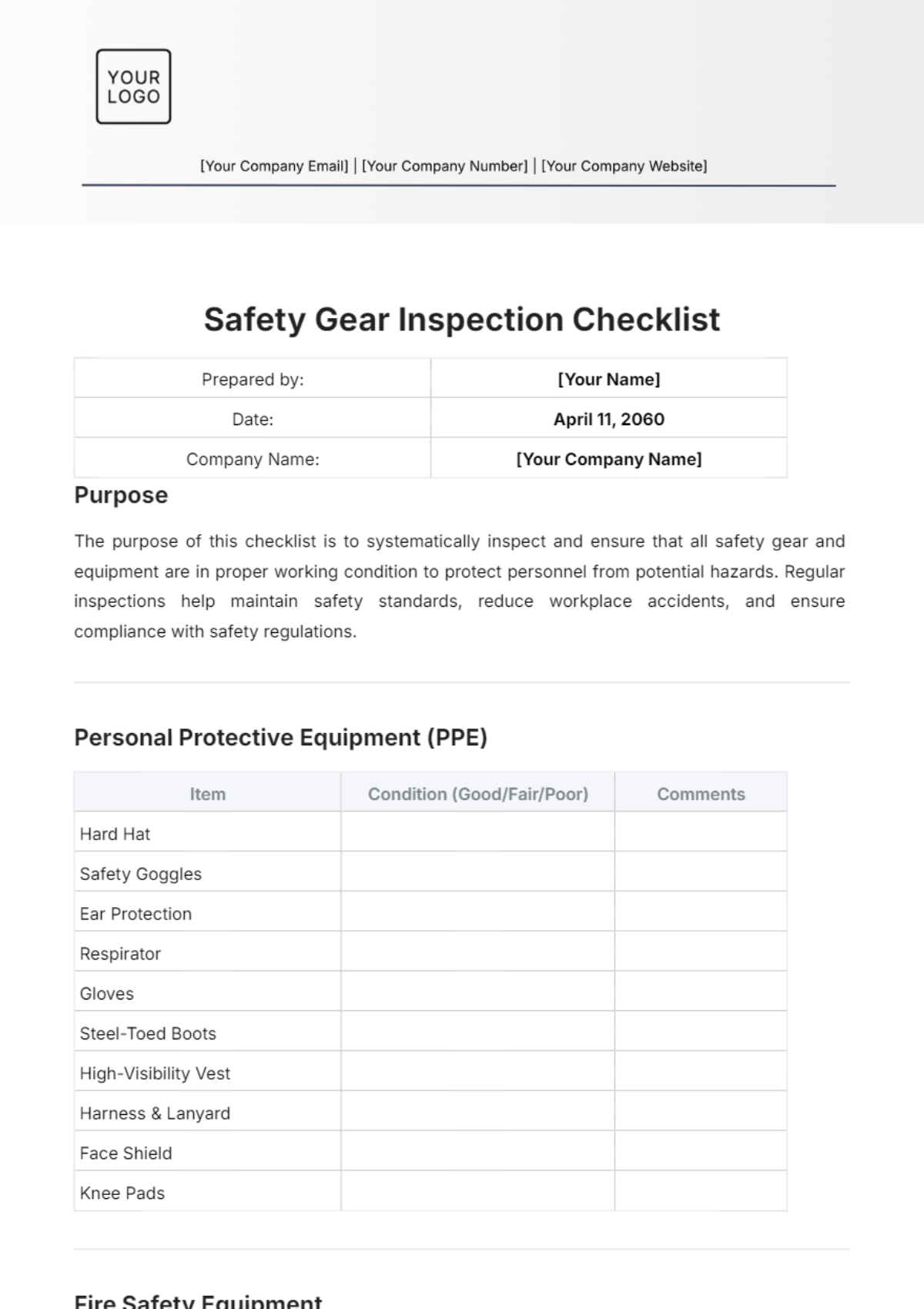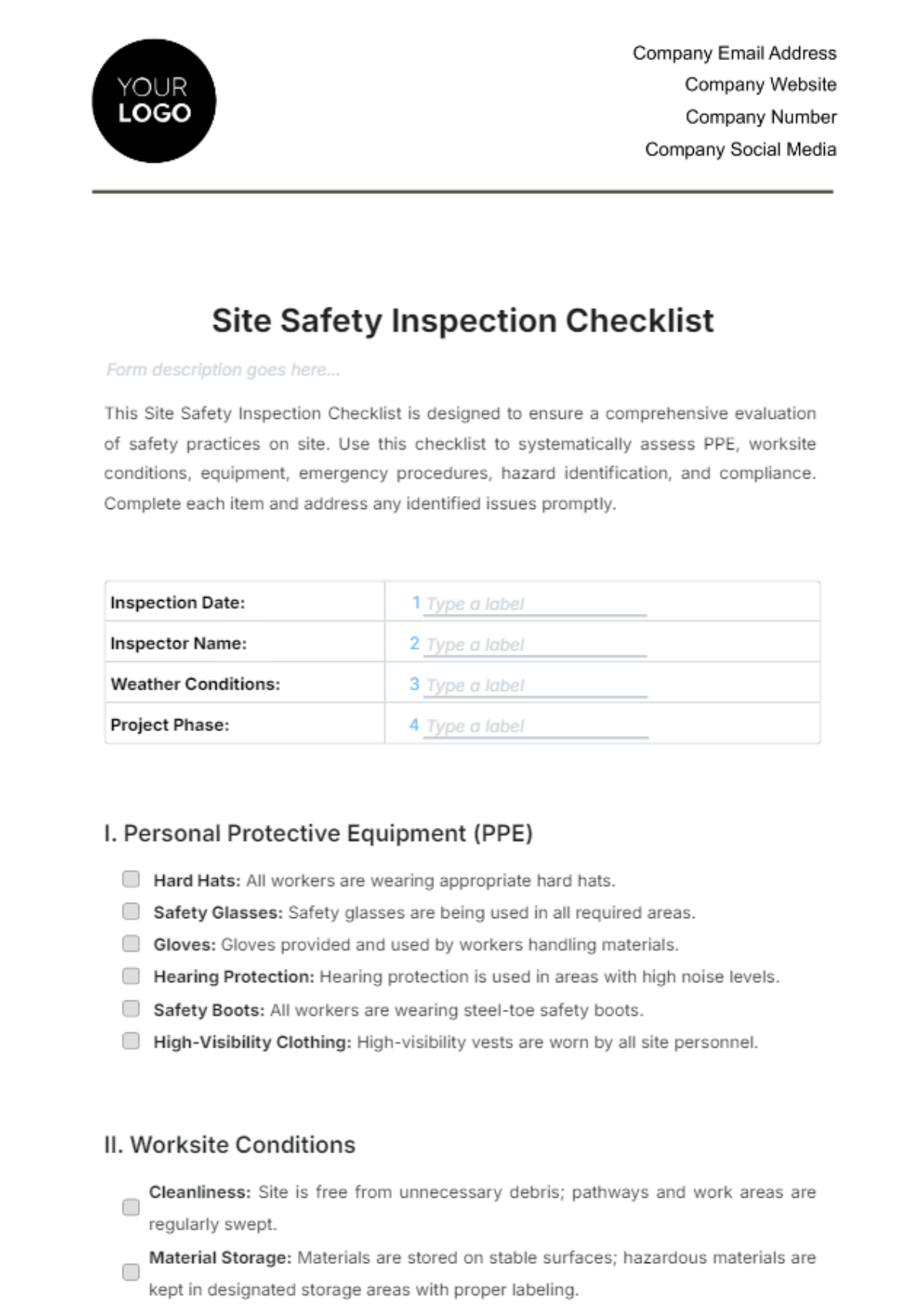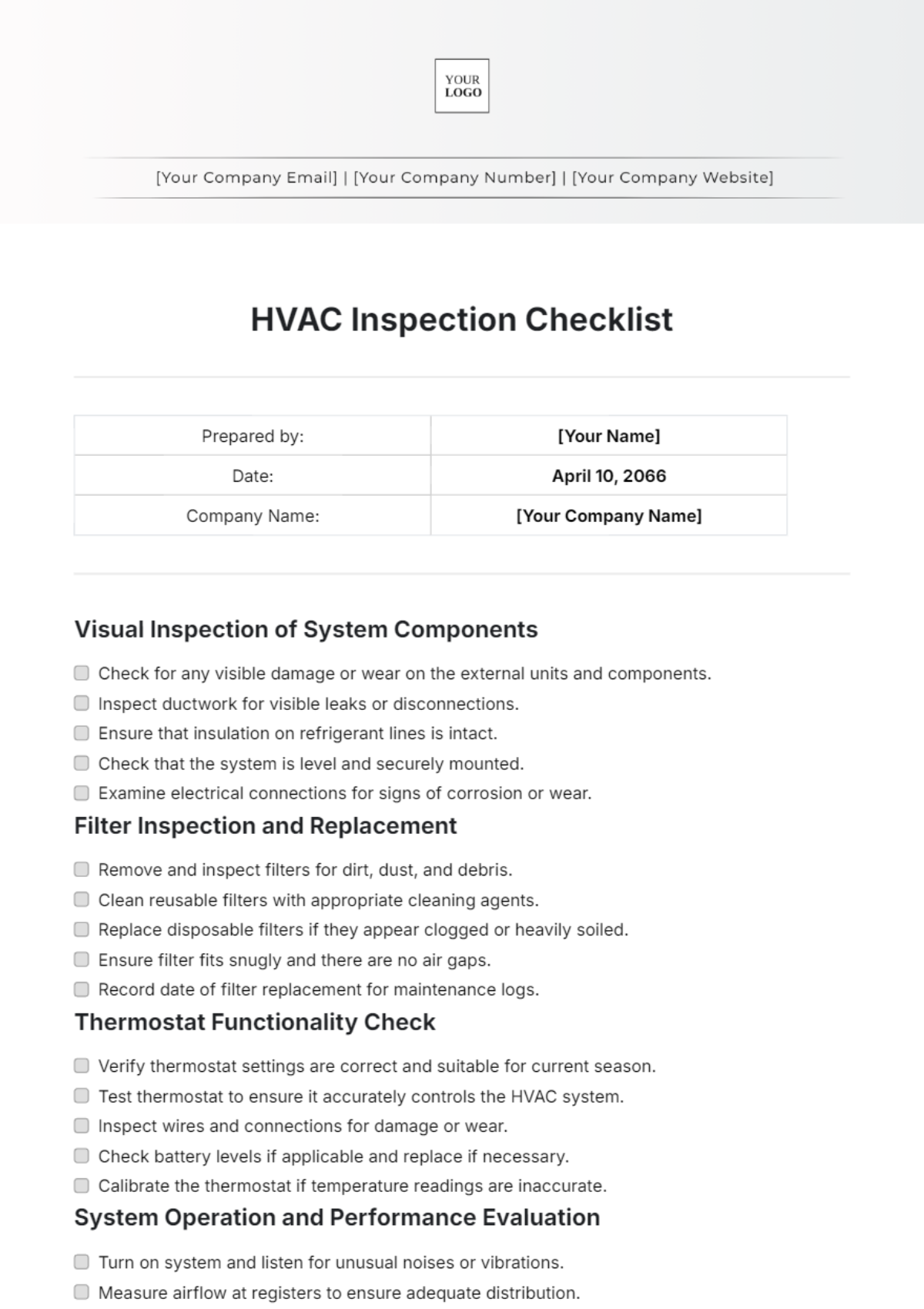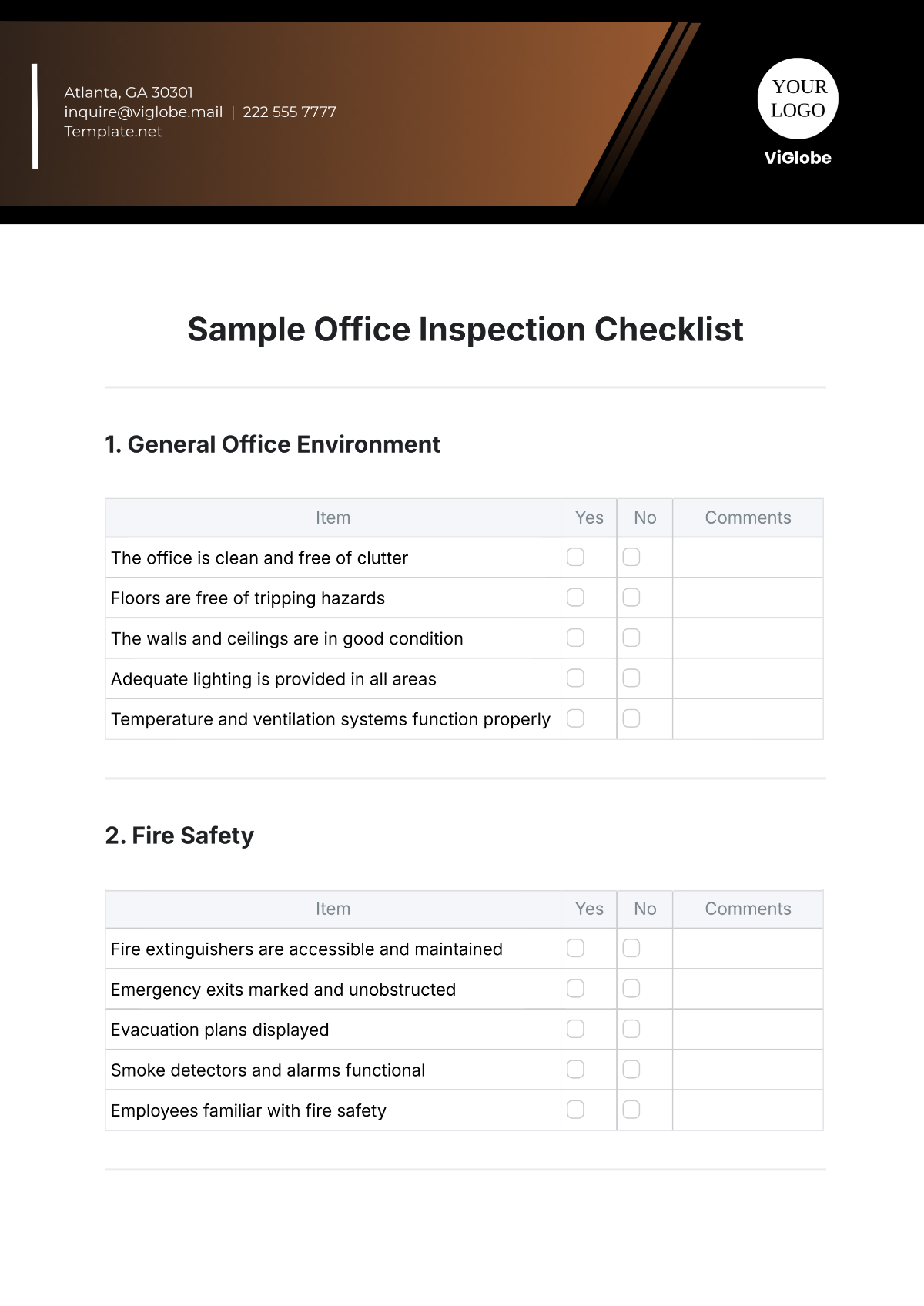Architecture Appraisal Checklist
Before embarking on any architectural project, it's crucial to conduct a comprehensive appraisal to ensure alignment with project goals, adherence to industry standards, and optimization of resources. The Architecture Appraisal Checklist provided below serves as a guide to systematically evaluate the key aspects of architectural design, functionality, and feasibility.
Aspect | Description | Status |
|---|---|---|
1. Architectural Design | Evaluate the overall architectural design for coherence, scalability, and adherence to established architectural patterns and principles. | |
Consistency in design elements | ||
Scalability to accommodate future requirements | ||
Compliance with architectural standards and best practices | ||
Use of appropriate architectural patterns (e.g., MVC, microservices) | ||
Incorporation of design patterns to address common architectural challenges | ||
2. Performance | Assess the performance characteristics of the architecture to ensure responsiveness, efficiency, and reliability. | |
Response time for critical operations | ||
Throughput under expected load conditions | ||
Resource utilization (CPU, memory, network) | ||
Identification of potential performance bottlenecks and mitigation strategies | ||
3. Security | Verify the security measures implemented to safeguard sensitive data, protect against unauthorized access, and prevent security breaches. | |
Authentication mechanisms | ||
Authorization and access control | ||
Data encryption in transit and at rest | ||
Compliance with industry regulations and standards (e.g., GDPR, HIPAA) | ||
Vulnerability assessment and penetration testing | ||
4. Reliability | Ensure the reliability and fault tolerance of the architecture to minimize downtime and maintain system availability. | |
Redundancy and failover mechanisms | ||
Error handling and recovery strategies | ||
Monitoring and alerting systems | ||
Disaster recovery plan | ||
5. Scalability | Evaluate the scalability of the architecture to accommodate growth in data volume, user base, and system complexity. | |
Horizontal and vertical scalability | ||
Load balancing strategies | ||
Elasticity to dynamically scale resources | ||
Performance under stress testing | ||
6. Maintainability | Assess the ease of maintaining and evolving the architecture over time, considering factors such as modularity, documentation, and code maintainability. | |
Modularity and componentization | ||
Comprehensive documentation | ||
Testability and debugging capabilities | ||
Continuous integration and deployment pipelines | ||
7. Compliance and Governance | Ensure compliance with regulatory requirements, internal policies, and governance frameworks governing the architecture. | |
Adherence to architectural standards and guidelines | ||
Compliance with legal and regulatory frameworks | ||
Alignment with organizational governance policies and procedures | ||
Regular audits and reviews |

















































